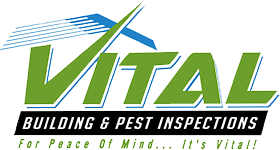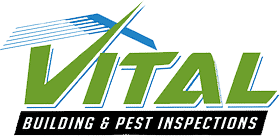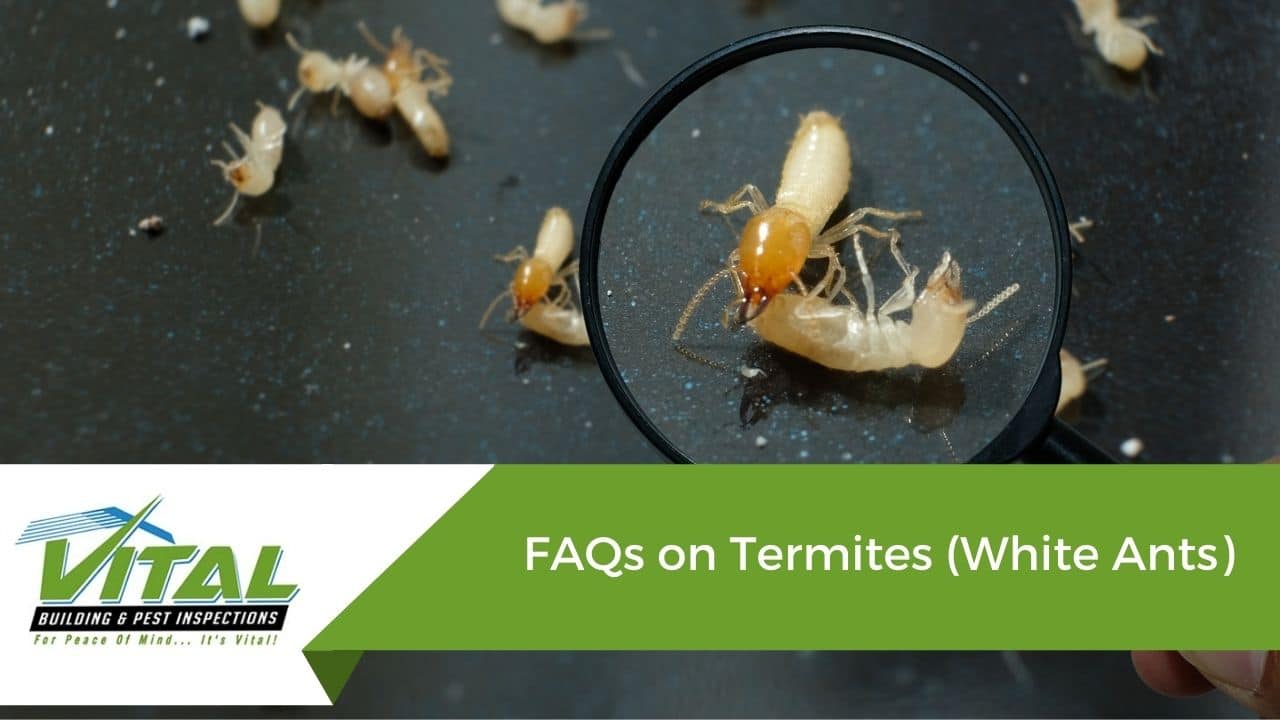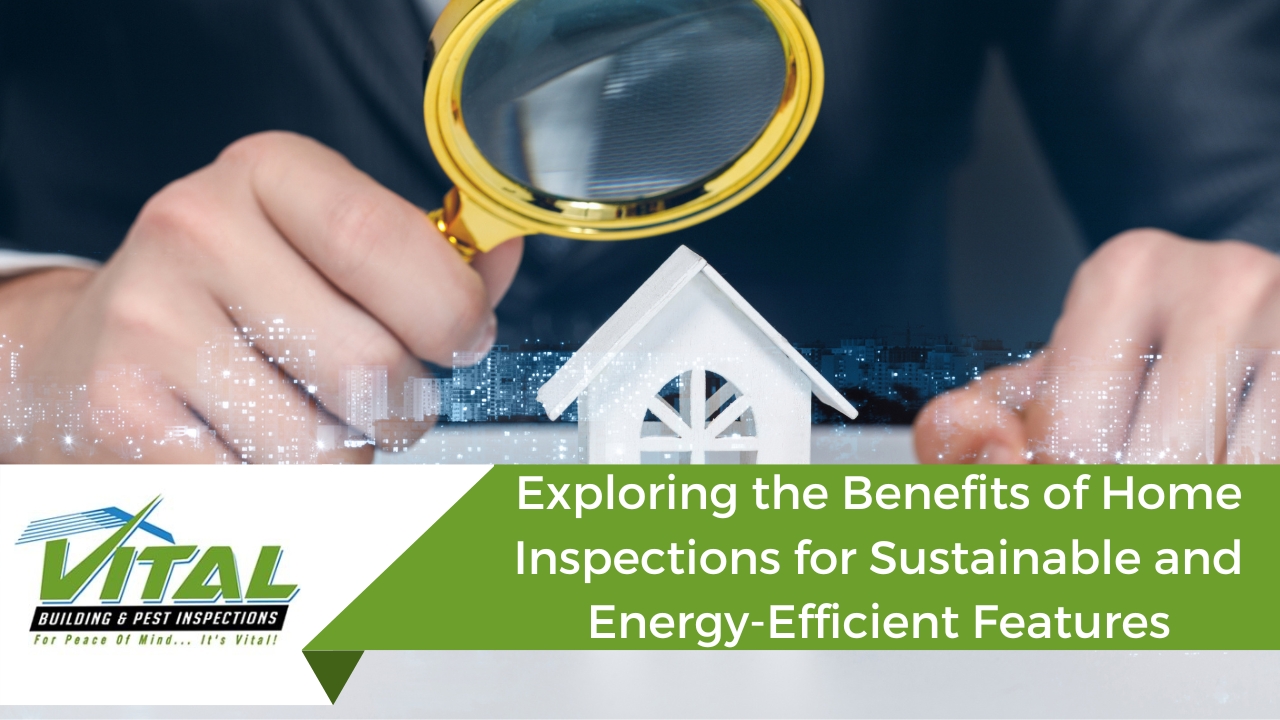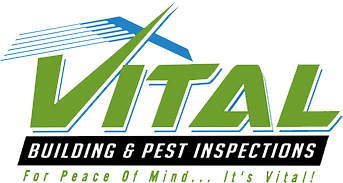Frequently asked questions about termites (white ants) in Sydney residential properties
Termites (or white ants, as they are known in Australia) are soft-bodied insects that usually measure between 4 to 15mm in length. They are eusocial insects, much like ants, living in colonies. Their appearance also closely resembles an ant because of their size, body segments, wings, and antennae. However, recent studies show that they can be specified as having evolved from cockroaches.
Over 300 species of termites are endemic to Australia. Most of these have been proven to be generally effective and beneficial to the ecosystem through their ability to break down decaying lumber and different plant matter.
They also serve as a source of nourishment to other animals. However, despite this known fact, and considering the rapid rate at which termites multiply, to add further their insatiable consumption of wood and paper products, some species have the potential to be pests.
Important Things to Know About Termites
Below are some frequently asked questions about termites:
- What are the different types of termites?
- How long is a termite’s lifespan?
- How fast can a termite eat wood?
- How do termites enter a house?
- What are the common signs of a termite infestation?
- How much can a termite infestation cost a homeowner?
- Can a termite infestation be prevented?
- Who should you call for termite and pest inspections in Sydney?
What are the different types of termites (white ants)?
There are three different classifications of termites, depending on their habitat and eating habits: Subterranean, dampwood, and drywood.

Subterranean termites
Regarded as one of the most destructive pests worldwide, subterranean termites (white ants) construct nests underground or in secluded areas that have a source of moisture. These insects prefer fallen branches and stumps nearing decay as this is easy for them to digest.
This particular type of termite constructs shelter tubes and nests from materials accessible to them, such as soil, wood, and saliva. These tubes are classified into four:
- Exploratory tubes used for migration.
- Drop tubes, which they use to access their source of wood.
- Working tubes, which are a safe route to and from a food source.
- Swarm tubes, which are used by termites that have grown wings to take off whenever they go out when the weather conditions are suitable.
Dampwood termites
The presence of this kind of termite is often an indication of a problematic moist on a structure caused by a leaky pipe. Dampwood termites can also be found on decomposing wood that remains in contact with the soil. They are relatively larger than other species of termites, but their colonies are usually small. This classification can easily be eradicated by eliminating the source of moisture.
Drywood termites
Drywood termite colonies can go undetected for several years unless their dwelling breaks or the winged termites swarm to look for a mate and start a new colony. They also do not necessarily need water sources other than the moisture from the wood they occupy. As long as there is high humidity, colonies of this classification of termite can thrive. Aside from wood, drywood termites also feed on wallpaper, plastic, and fabric made of plant material. This makes them a serious threat inside the household.
How long is a termite’s lifespan?
A typical termite from the worker and soldier class has an approximate lifespan of 2 years. On the other hand, termite queens can live 25 to 50 years, which allows a healthy colony to reproduce regularly and exist for many years.
How fast can a termite eat wood?
Termites consume wood as one of their primary sources of nourishment, along with plants, cardboard, and anything that contain cellulose material. Their guts are equipped with protozoa, bacteria, and a special kind of enzyme to digest these.
A single termite does not propose any threat in terms of the speed of its wood consumption. On estimate, it would take somewhere around 3,000 years for a single termite to consume a 100 square metre home. Several colonies, however, can eat away wood at a significantly faster rate. The damage starts from the inside and can severely impact the integrity of the structure in as fast as 1 month.
How do termites enter a house?
The most common way for termites to penetrate the house is through small holes and cracks. They can also enter through wood that is in contact with the ground. Some termites end up flying into the house while they look for a new nest.
What are the common signs of a termite infestation?
Termites tend to shed their wings when they swarm. This can be easily found near windows and other points of entry. Early signs of wood damage also resemble cracks in the surface that travel upwards from the foundation of the building. Knocking onto the wood will also produce a hollow sound, indicating the space left by the consumed wood. If unsure, professional help using specialised tools such as the Termatrac T3i All Sensor can accurately pinpoint pest location without unnecessary dismantling components of the home.
How much can a termite infestation cost a homeowner?
Termite damage is not covered by any home insurances across Australia simply because they are classified as insects, and white ant/termite damage is considered preventable by the homeowner. The cost of damage caused by termite infestation varies from one household to another. At one point, a total of $1.3 billion worth of repair costs have been reported from the whole of the country.
Can a termite infestation be prevented?
Preventive measures such as avoiding contact between wood and soil inside the home or identifying and fixing moisture problems early on can help contain termite problems. DIY solutions are also readily available over the Internet. However, while these may be effective to some extent, they are considered temporary solutions that do not guarantee total termite elimination.

Termites can bring about significant damage to property, which, in turn, can lead to unnecessarily expensive renovations. According to the Commonwealth Scientific and Industrial Research Organisation (CSIRO), it is estimated that 20% of houses in Sydney alone have experienced a white ant attack at some point, and the cost to remedy the effects of infestation is as expensive as the structure itself.
Who should you call for termite and pest inspections in Sydney?
Vital Building Inspections Sydney can provide valuable insights on the issues affecting your establishment. Our team can help owners and potential buyers discern their next step in solving pest-related concerns. We are based in north-west Sydney, serving Sydney Metro and Greater Sydney.
To get in touch with a pest inspection specialist in Sydney, call us on 0401012074 or email support@vitalbuildinginspection.com.au for enquiries.
